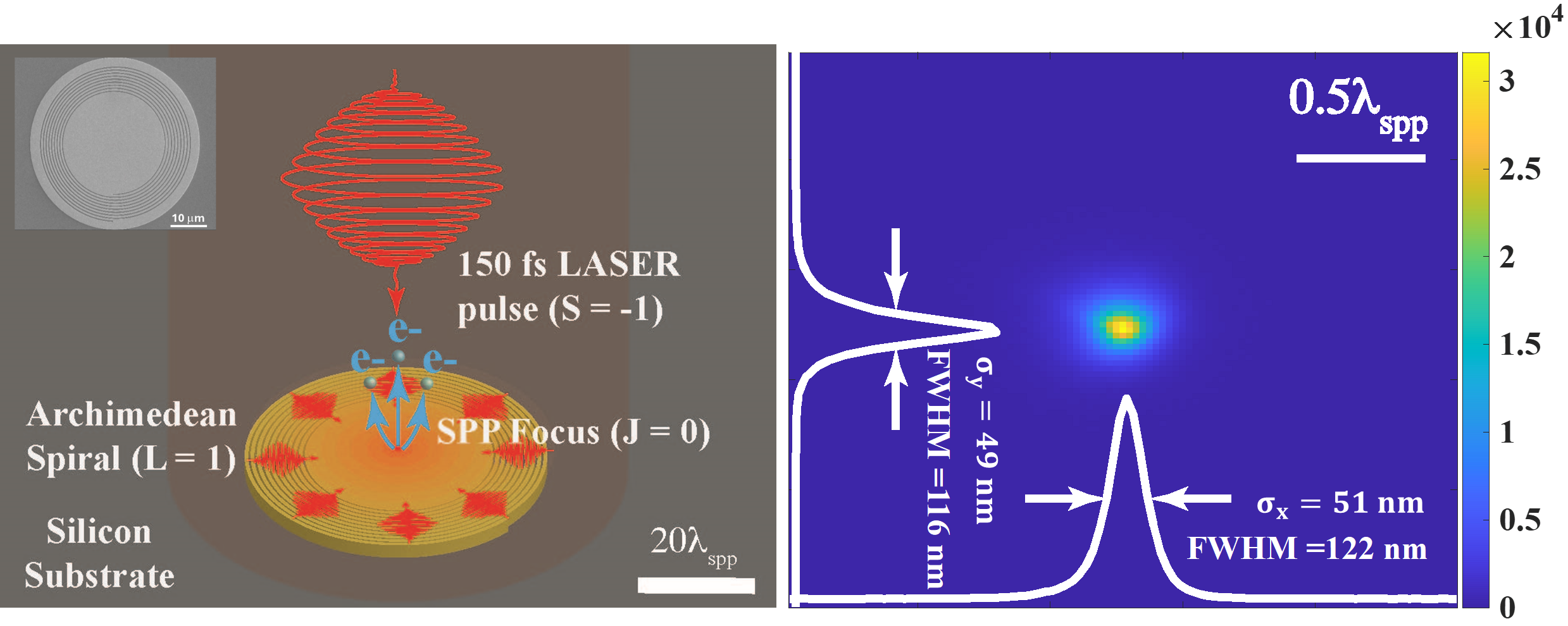Revolutionizing Electron Sources with Plasmonic Interference
In a groundbreaking advance, plasmonic interference has been harnessed to achieve a record low emittance of under 40 pm-rad rms from a geometrically flat metal photocathode. This innovation, utilizing plasmonic focusing to reduce the electron emission area to below 50 nm, marks a major leap forward for ultrafast electron diffraction and microscopy (UED/M) and other electron beam-based instruments.
Traditionally, efforts to minimize emittance, which is crucial for high-resolution imaging and accelerator operations, focused on reducing the momentum spread of emitted electrons. However, the emission area remained limited by the diffraction limit. This new approach surpasses those limitations by reducing the emission area by more than an order of magnitude, paving the way for enhanced precision in UED/M and related fields.
Beyond improving beam emittance, this research opens new possibilities in electron beam structuring. The ability to pattern beams transversely at the nanoscale using plasmonics at the cathode could revolutionize advanced accelerator applications and coherent x-ray generation.
Reference:
A. Kachwala, M. M. Rizi, C. M. Pierce, D. Filippetto, J. Maxson, and S. Karkare, “Harnessing Plasmonic Interference for Nanoscale Ultrafast Electron Sources.” arXiv, Jun. 12, 2024. To be published in Phys. Rev. Lett. doi: 10.48550/arXiv.2406.08678. Available: http://arxiv.org/abs/2406.08678

